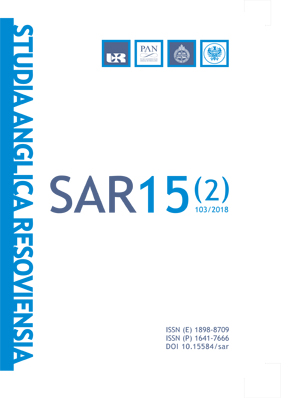Proverbs as Small Narratives
DOI:
https://doi.org/10.15584/sar.2018.15.2.10Keywords:
proverb, narrative, current discourse space, cohesionAbstract
The purpose of this article is to look at the world of “grand narratives” and “little stories” from the perspective of paremiological studies. In an attempt to account for the conceptual, as well as structural, cohesion of proverbs, the analysis draws on the insights of Halliday and Hasan (1976), who advocate the importance of grammatical and lexical alignment that keeps the narration in line, incorporating their insights into the Current Discourse Space model delineated in Langacker (2008). The principles of cohesion, such as substitution, ellipsis, referencing, conjunction, calibrated with conceptual cohesion will be applied in this study with a view to demonstrating the importance of the cohesive elements which substantially contribute to the understanding of the authentic stretches of written and spoken language. This two-pronged approach to narrative appears to be particularly justified in the case of the modified proverb If money cannot bring happiness, transfer it to my account. On the one hand, the analysis unravels the proverb’s internal cohesion, while on the other, it accounts for the proverb’s changing structure and conceptualization as a new, emergent category. Above all, this study focuses on the narrative strengths of proverbs in the socio-cultural context, for “narration is the way people understand the world via the community of speakers” (Trzebiński 2002: 17, 43).Downloads
Download data is not yet available.
Downloads
Published
2018-12-15
How to Cite
Mandziuk, J. (2018). Proverbs as Small Narratives. Studia Anglica Resoviensia, 15(2), 145–157. https://doi.org/10.15584/sar.2018.15.2.10
Issue
Section
Articles
License
Copyright (c) 2018 Studia Anglica Resoviensia

This work is licensed under a Creative Commons Attribution-NonCommercial 4.0 International License.

